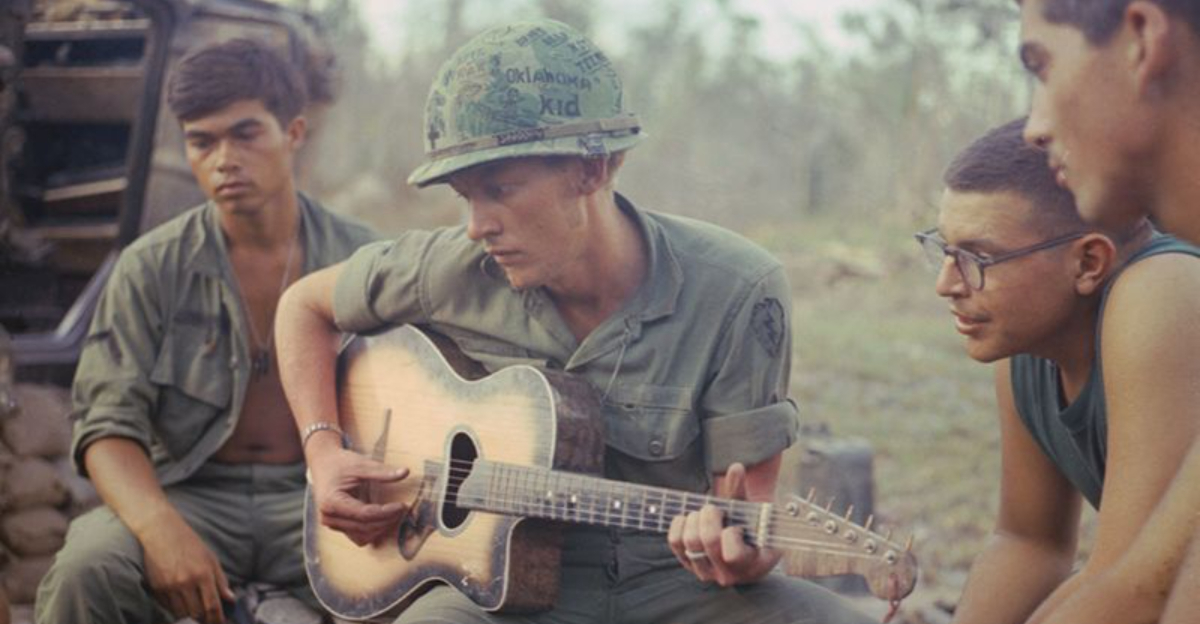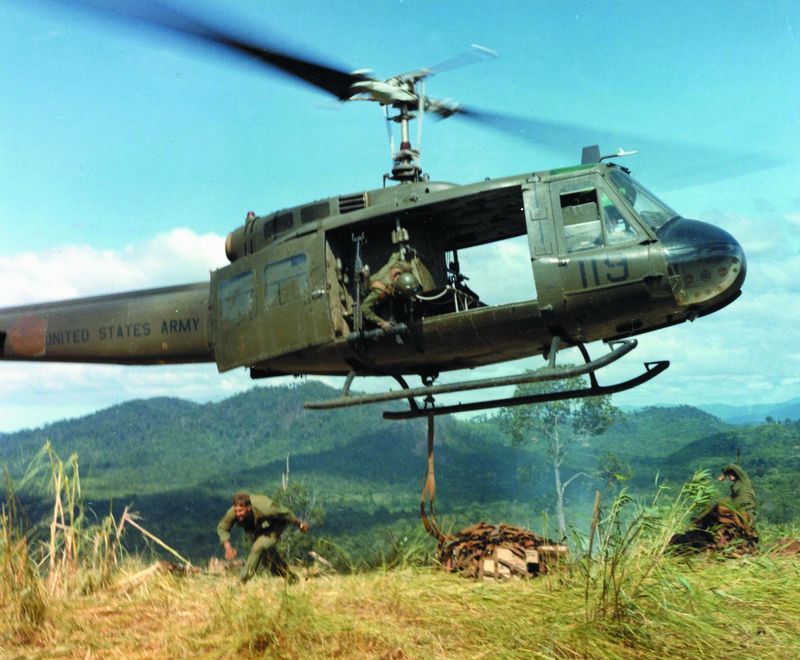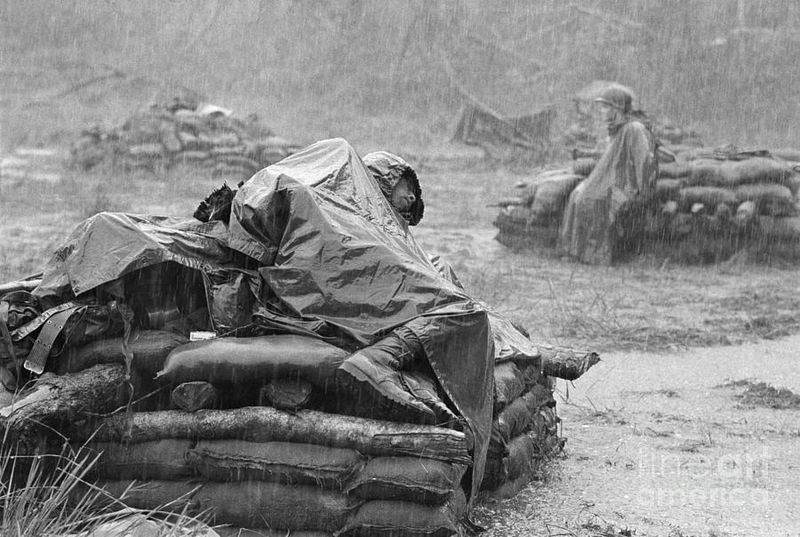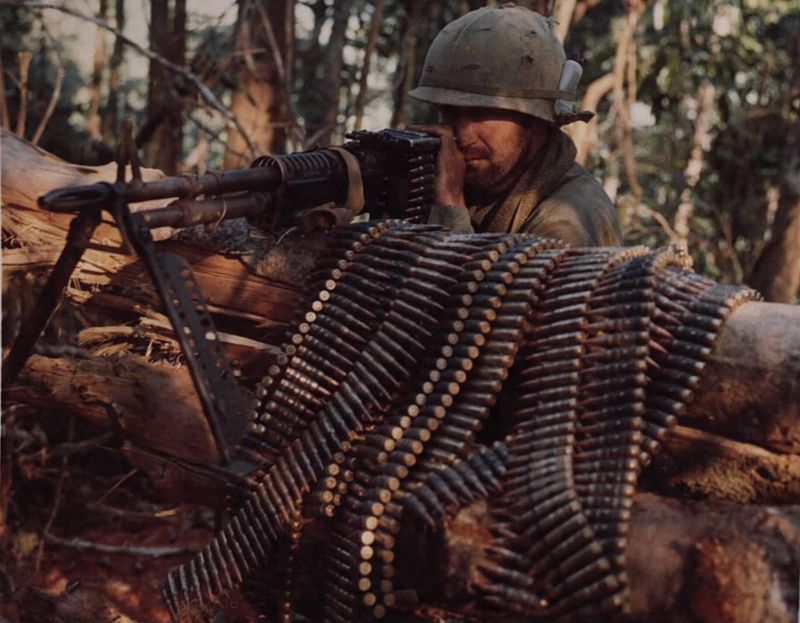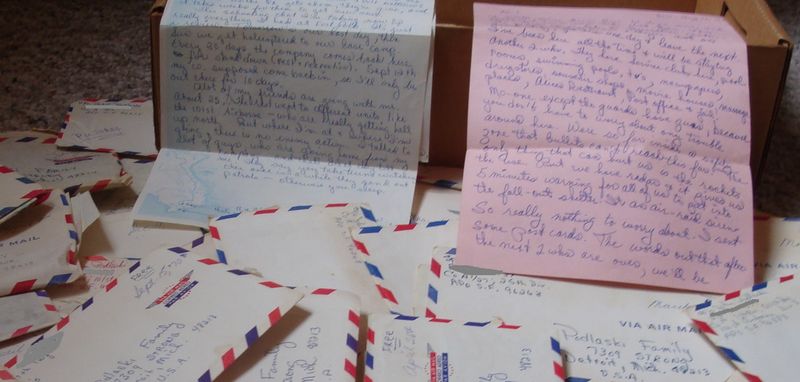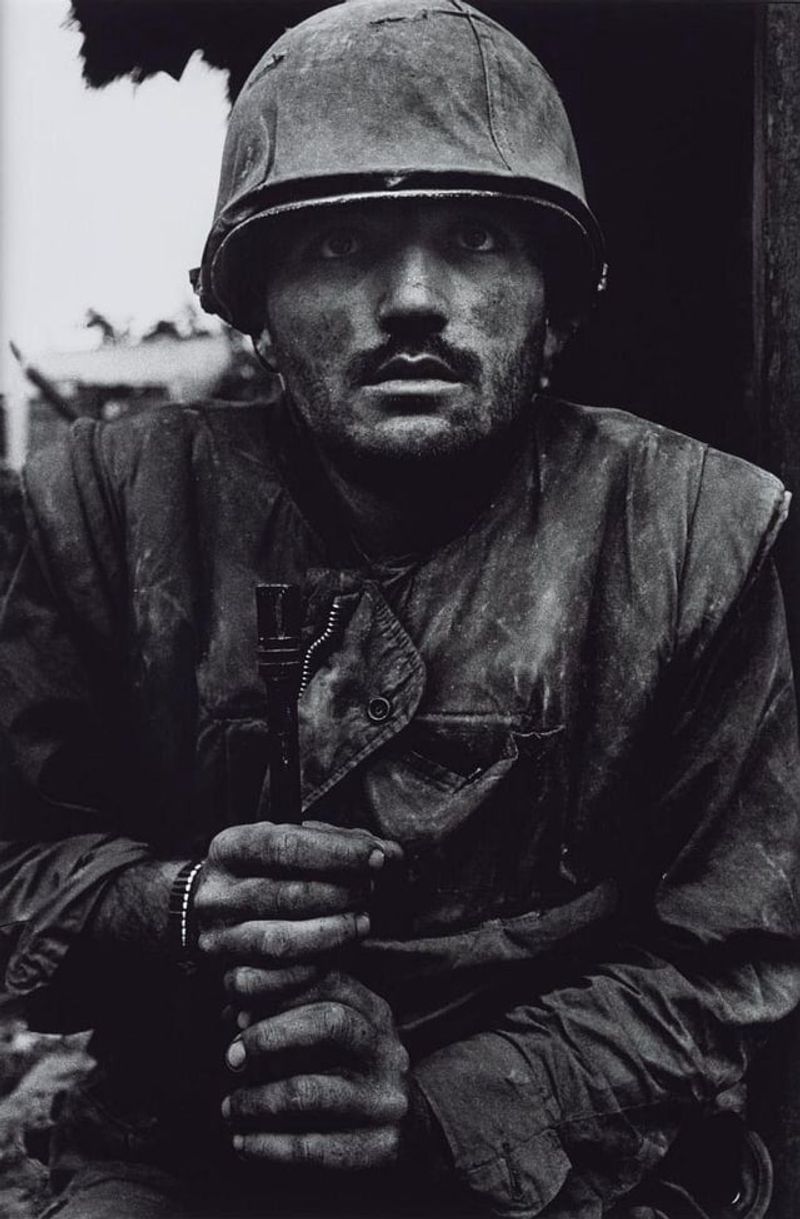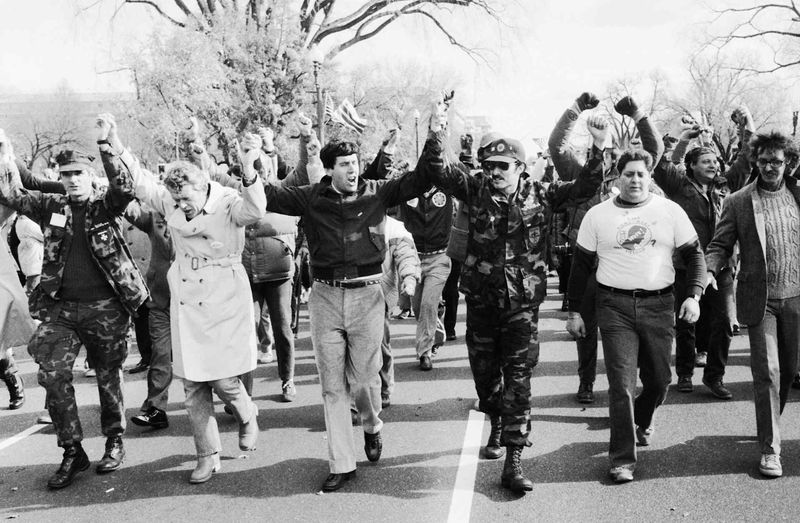Vietnam veterans carry vivid and poignant memories of their service. From the distinct sounds and smells to the emotional highs and lows, these experiences have left a lasting impression on those who served. Here are ten things that every Vietnam vet still remembers, capturing the essence of their time in a war that shaped a generation.
1. The Sound of Helicopters (Especially the Huey)
The “whump-whump-whump” of rotor blades is burned into their minds. Hueys were lifelines—dropping troops into hot LZs (Landing Zones), evacuating wounded, or delivering mail. Helicopters were the angels of the sky, bringing hope and fear in equal measure. For many, the sound still echoes in dreams, a reminder of life and survival. The Huey was more than a machine; it was a symbol of the war itself. Its presence was both reassuring and ominous, a guardian and a harbinger.
2. The Smell of Vietnam
The scent of Vietnam is unforgettable, a mix of jungle rot, diesel fuel, burning trash, nuoc mam (fish sauce), and cordite from gunfire. The humidity made every scent cling, enveloping soldiers in an olfactory mosaic. These smells were the backdrop to daily life, inescapable and all-encompassing. Each odor told a story, from the earthy decay of the jungle to the metallic tang of warfare. The fragrance of the land, both foreign and familiar, lingers in the minds of those who were there.
3. The Monsoon Rains
The monsoon rains were relentless, turning foxholes into swamps and rusting weapons. Sleep was nearly impossible, with the constant drumming of rain on makeshift roofs. Soldiers huddled in soggy uniforms, battling not just the enemy but the elements. The rain was both a curse and a companion, washing away the grime but soaking through spirits. It dictated the rhythm of life in Vietnam, a force of nature that could not be ignored. Monsoon rains left a lasting imprint, a soggy chapter in their war story.
4. The Fear of Snipers & Booby Traps
In Vietnam, the enemy was often invisible, hidden in the jungle’s dense foliage. Snipers and booby traps were constant threats, turning every step into a gamble. Punji stakes, tripwires, and VC snipers made the terrain treacherous. Fear was a constant companion, a shadow lurking in the underbrush. The unpredictability of the threat made vigilance a necessity, every rustle a potential danger. This fear, woven into the fabric of daily life, heightened every sense and left a psychological scar on those who served.
5. C-Rations & The Myth of “John Wayne Cookies”
C-Rations were the meals of the Vietnam War, offering sustenance and sometimes frustration. Meals like ham & lima beans were the most hated, while pound cake was a rare delight. “John Wayne Bars,” supposedly so hard even the Duke couldn’t chew them, became legendary. These meals were a shared experience, a taste of home in a foreign land. Soldiers joked about the rations, finding humor amidst hardship. The myth of “John Wayne Cookies” became part of the war’s folklore, a symbol of both endurance and camaraderie.
6. The Nighttime “Mad Minutes”
Nighttime in Vietnam brought the “Mad Minutes,” a barrage of gunfire into the dark. Soldiers fired blindly at suspected enemy movement—sometimes just shadows, sometimes real threats. These moments of chaos were both a release and a stark reminder of the omnipresent danger. The jungle came alive with tracers, illuminating the night in a ghostly dance. “Mad Minutes” were an adrenaline-fueled ritual, a crescendo of sound and fury. They left an indelible mark, a blend of fear and fierce intensity.
7. The Letters from Home (Or Lack of Them)
Mail call was sacred in Vietnam, a lifeline to the world left behind. A letter could lift spirits for days, a tangible connection to home. Silence from loved ones, however, cut deep, a void of loneliness and longing. Letters were treasures, read and reread, offering comfort and a reminder of normalcy. The anticipation of mail call was a daily pulse, a heartbeat of hope. Whether filled with joy or absence, these letters were emotional anchors, grounding soldiers in the reality of love and distance.
8. The Music That Kept Them Sane
Music was a refuge, a way to escape the harsh realities of war. Creedence Clearwater Revival, The Animals, The Rolling Stones, and Nancy Sinatra’s “These Boots Are Made for Walkin’” blasted on reel-to-reels. These songs became the soundtrack to their service, a rhythm that soothed and energized. Music provided a shared experience, a moment of normalcy amidst chaos. The familiar tunes brought comfort, a reminder of life beyond the battlefield. Through music, soldiers found a voice, an expression of hope and humanity.
9. The Look of “The Thousand-Yard Stare”
The “Thousand-Yard Stare” became a haunting emblem of Vietnam, a look of exhaustion and trauma. This hollow, distant gaze in the eyes of grunts who’d seen too much spoke volumes. It was a silent testament to the toll of war, a visual echo of battles fought and emotions suppressed. The stare reflected the weariness of body and spirit, a resignation to the relentless grind. It was a shared understanding among soldiers, a bond forged in the crucible of conflict. The stare remains a poignant symbol, etched in memory.
10. The Way They Were Treated When They Came Home
Returning home was a bittersweet experience for Vietnam vets, often met with hostility instead of heroism. There were no parades or thanks—just protests, spit, and “baby killer” taunts. Many hid their service for years, burying medals and memories in silence. The reception was a wound of its own, a betrayal that compounded the scars of war. In a society divided by the conflict, veterans became symbols of a controversial war. Their treatment on returning home remains a painful chapter, a story of courage met with misunderstanding.
